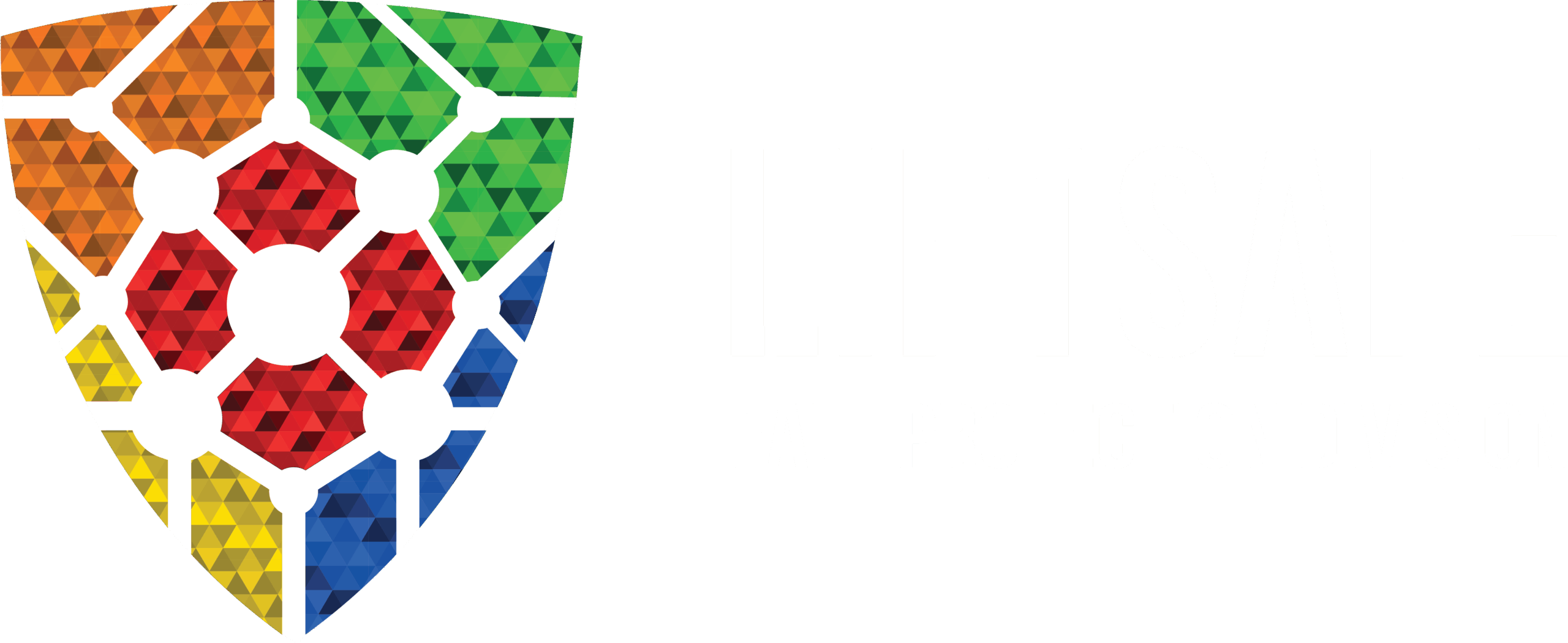Engineered Fall Protection Systems
Liftsafe has an in-house engineering team that consults with clients to develop customized fall protection systems for unique applications that require it. Custom Engineered Fall Protection Solutions can be used for a wide range of applications that can be separated into two different categories. Active and Passive.
Passive systems like RoofGuard or Flatbed Truck Netting require no participation or specialized training from an employee. Active systems will require any combination of harnesses, lanyards and up to date training from your employees in order to meet the requirements outlined by the government.
Products
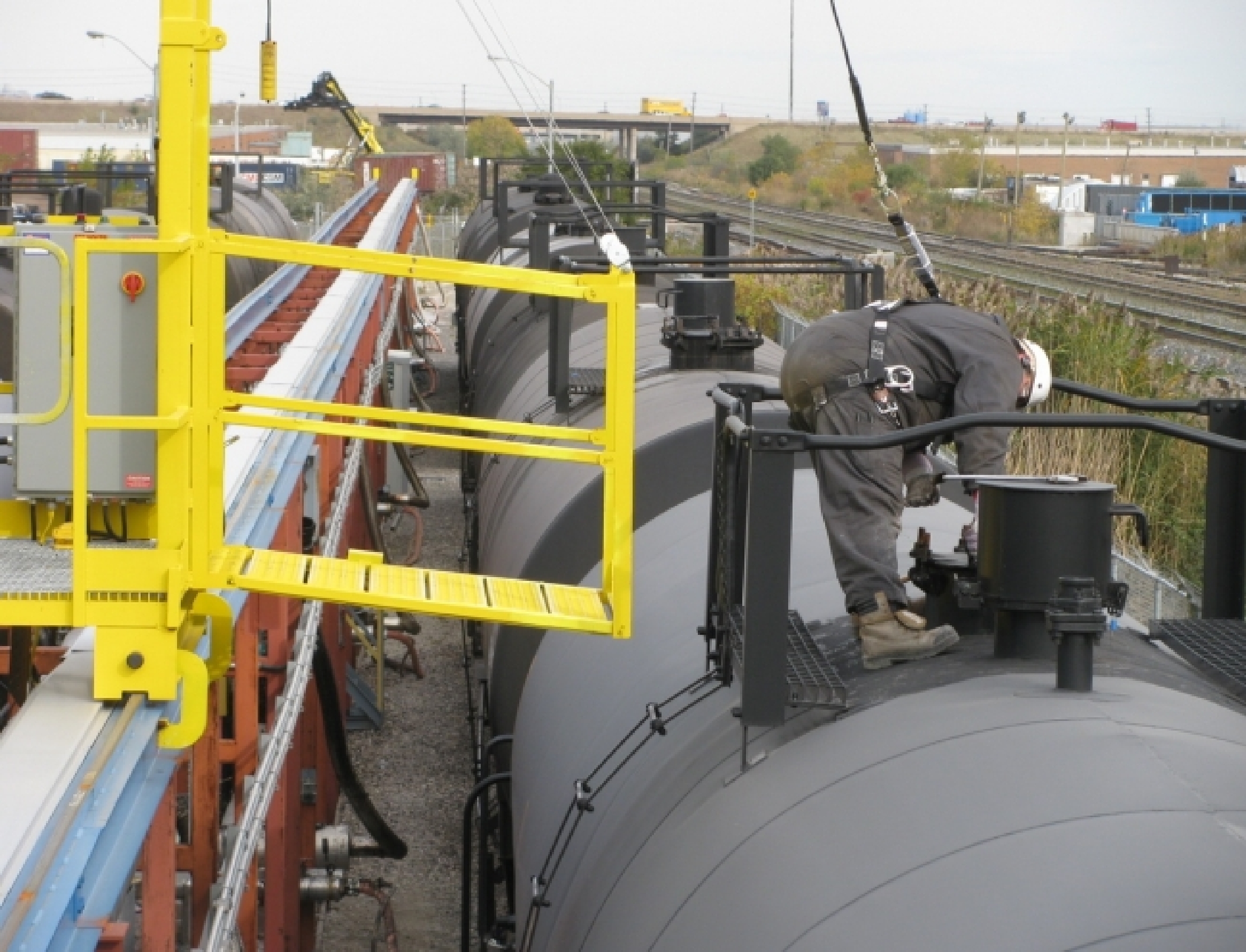
Mobile Fall Protection Systems
Standard and custom mobile fall protection systems that can be adapted for multiple applications. For use when maintaining aircraft, railroad cars, industrial equipment, or heavy machinery.
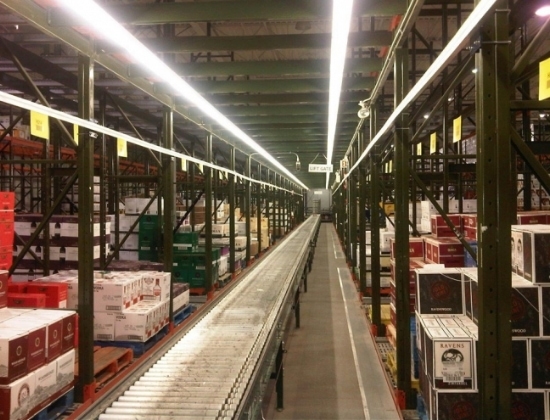
Pick Module Fall Arrest System
The Pick Module Fall Arrest system is seamless which makes for smoother transitions for the operator as they navigate along the length of the rail. No end loading ensures easier engineering and installation.
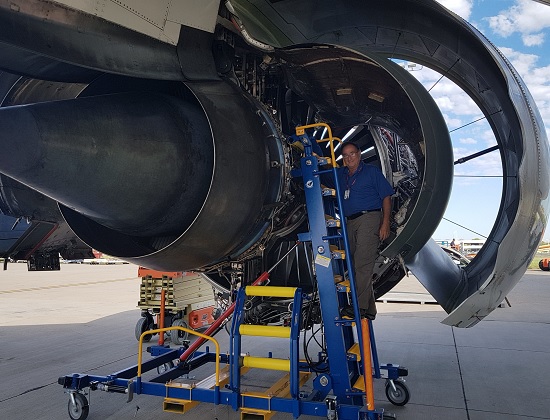
Aviation Engineered Solutions
At Liftsafe, we have access to a full in-house engineering, design, and fabrication team. We specialize in Aviation and Aerospace Engineered Solutions.
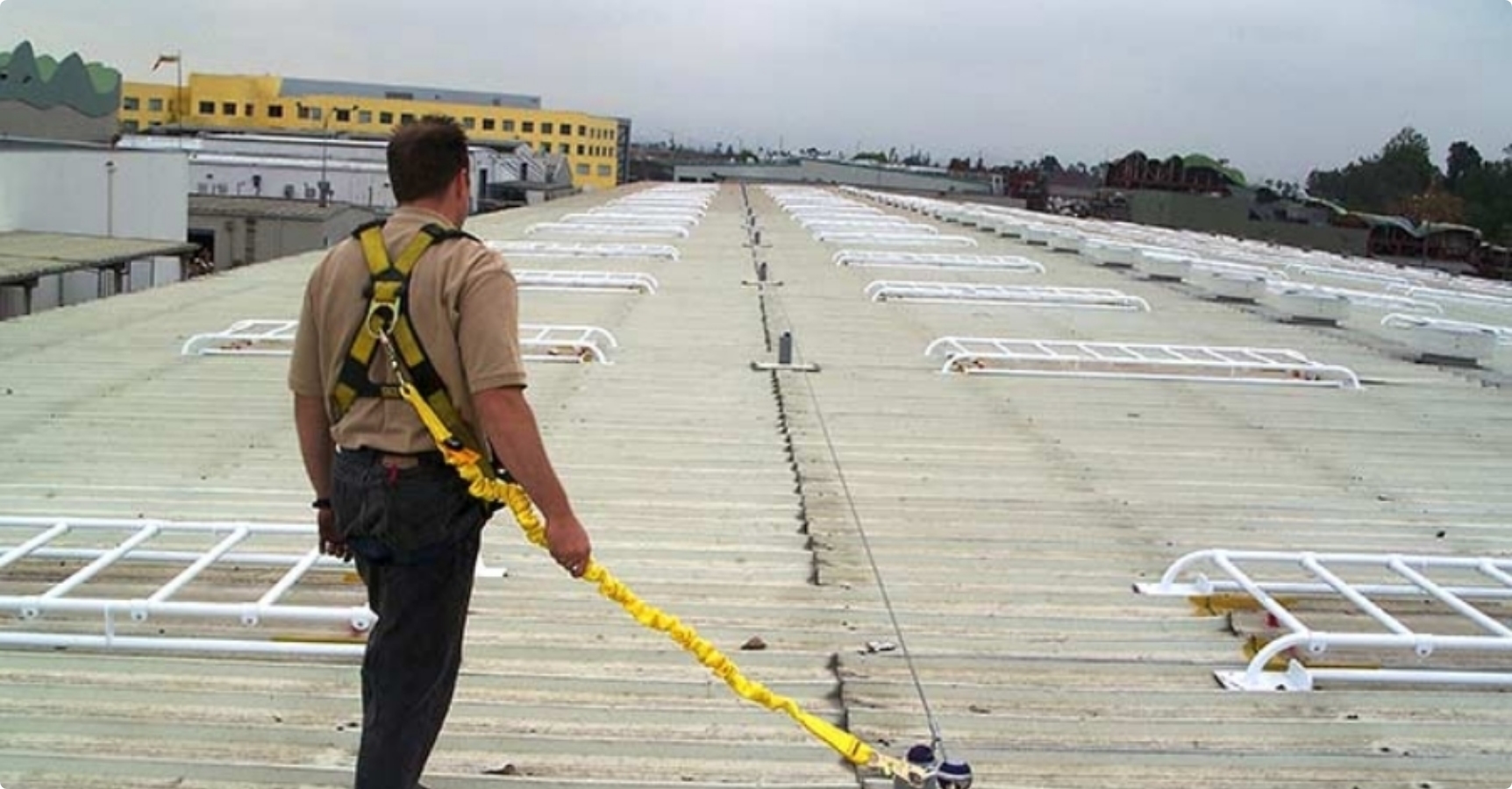
Cable Based Lifeline Systems
Liftsafe Fall Protection cable based lifelines come in a variety of options and can easily be installed in numerous workplace environments. Consider our cable based lifeline system to improve your facility’s safety.
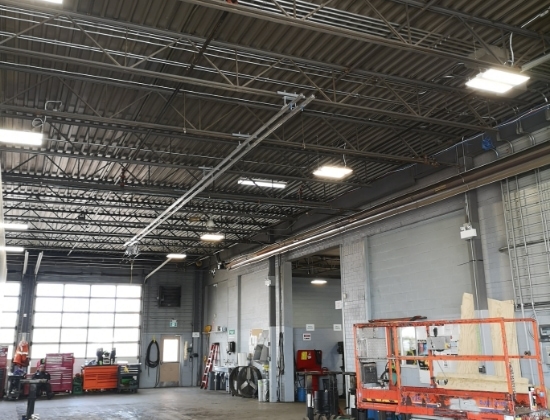
Rigid Rail Fall Arrest Systems
Rigid systems come in two forms, trolley systems which utilize existing overhead I-Beams and rigid track or rigid rail fall arrest systems. Systems feature an enclosed track with a self-retracting lifeline for continuous tie-off.
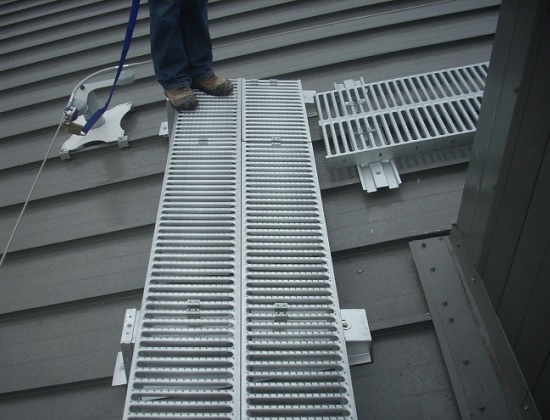
Anchor Points
Liftsafe Fall Protection offers a range of legally compliant anchor point systems to help you and your workers meet the needs of different industries and working environments.
Your Perfect Solution Awaits!
FREQUENTLY ASKED QUESTIONS
Engineering and Design Consultations
We meet all your custom product needs from start to finish. Our in-house engineering team will ensure quick sign-off on all custom orders and testing while meeting the exact specifications required for your facility.
You can expect top-of-the-line products and excellent customer service. From design to implementation, our team will walk you through the process and help you reach the best solution for your facility needs.
To request a consultation, please fill out the form attached to this page and we will reach out to book a consultation that fits into your schedule. You can also contact us directly at:
3 Steps To Fall Protection Compliance
1. EVALUATE YOUR FALL PROTECTION NEEDS:
- Plan ahead to get the job done safely.
- Assess areas on your rooftop that require access.
2. ASSESS THE RISKS:
- Are my employees or contractors at risk of a fall?
- Am I exposing my company to unnecessary fines?
3. IMPLEMENT A SOLUTION:
- Provide the right fall protection equipment.
When is fall protection required?
Most jurisdictions require the use of specific fall protection measures before, or in addition to, personal protective equipment (PPE). These measures generally include the use of some of the following:
- fixed barriers (e.g., handrails, guardrails),
- surface opening protection (e.g., covers, guardrails, etc.),
- warning barriers/control zones,
- fall or travel restraint systems (i.e., a system to prevent a worker from falling from a work position, or from travelling to an unguarded edge from which the worker could fall),
- fall containment system (e.g., safety nets),
- fall arrest systems (i.e., a system that will stop a worker’s fall before the worker hits the surface below).
There may also be specific legal requirements around use of equipment like ladders and scaffolding.
Occupational health and safety laws generally require action when a worker has the potential to fall about 3 metres (10 feet). In most cases, fall protection is required when:
- other means of fall protection are not available or possible, such as guardrails,
- working at a height of 3 metres or more (permanent and/or temporary work areas),
- working at a height of less than 3 metres when the surface below could cause a greater injury than just the fall (e.g., machinery; risk of drowning in water or other liquid; open tanks, vats, or pits containing hazardous materials; materials that can shift),
- a worker may fall through an opening in the work surface,
- it is determined that fall protection is necessary.
More information on fall protection can be found at the Canadian Centre for Occupational Health and Safety.
Related Products
NETTING SAFETY Systems
Our netting systems have been designed to meet all required safety measures to reduce injuries and liability.
AIRCRAFT MAINTENANCE ACCESS
Custom-engineered platforms and ladders designed to provide safe, reliable access to hard-to-reach areas.
Rooftop Safety
Products
Reliable rooftop safety solutions designed for compliance and protection.
